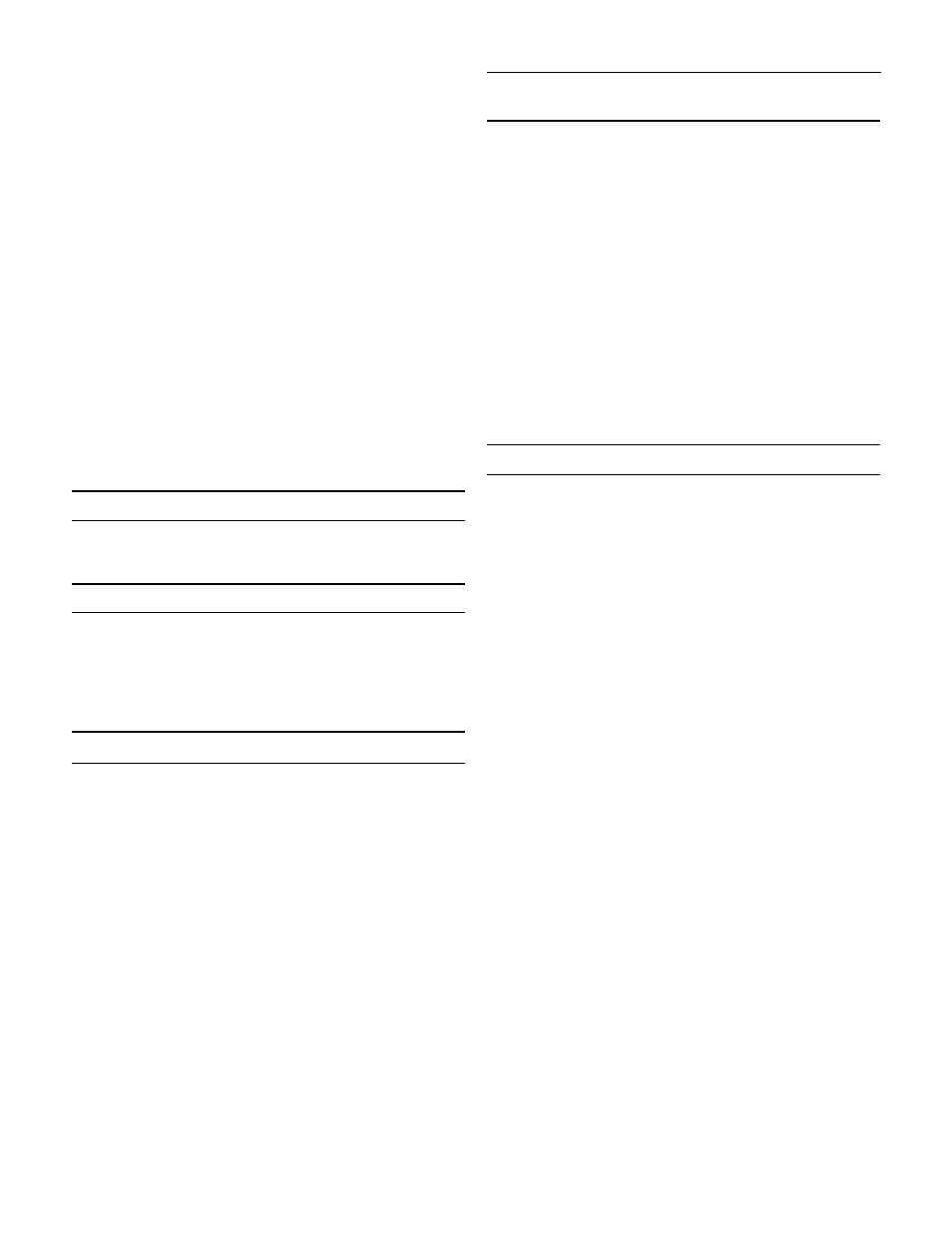Pilot valve, Main valve, Main valve stroke adjustment – Jordan Valve Mark 87 Series - Piloted Temperature Regulator User Manual
Page 3

-3-
a standard capillary will not function properly in an
inverted position.
Insertion
6.
- For accurate control, the entire length of
the bulb should be inserted. Avoid locating a bulb in
the direct path of steam or water. Never lay the bulb
on the bottom of a tank. Approximately 8” is suffi-
cient distance from the source of heat or coolant to
the sensing bulb.
Pipeline Mounting
7.
- When installing the sensing bulb
in piping, be sure that the pipeline is at least twice
the diameter of the sensing bulb so that free flow is
obtained around the bulb.
Finned Bulbs
8.
- Finned bulbs should be installed at
right angles to the air movement. Good circulation is
required to sense the average temperature.
When the bulb is installed at a point higher than the
9.
regulator itself, the range will probably be somewhat
lowered. Conversely, the range will be raised if the
bulb is installed between the regulator.
Pilot Valve
The pilot valve is a Jordan Mark 80 T.C.V. For servicing,
refer to the Mark 80 Installation and Maintenance Sheet.
Main Valve
It is necessary to remove the main valve from the line
only if the main valve seats must be replaced, inspected
or adjusted. All other operations can be performed with
the valve in the line and without disturbing the stroke
adjustment.
To Remove Main Valve Seats
The seats of Jordan regulators are lapped to a light bank
flatness. Maintaining such tolerances is of paramount
importance for your assurance of excellent control and
tight shut-off. Do not use metallic objects in removing
the seats, and care in handling is imperative.
Remove the pilot tubing and the pilot valve with the
1.
mounting nipple.
With the main valve out of the line, remove the bolts
2.
securing the main valve cap to the main valve body
and lift the cap straight up.
Lift the disc from the plate and place on a clean
3.
surface with the seating side up.
Place the valve body on a side. Hold one hand over
4.
plate to receive it and tap lightly on the back of the
plate with a soft, blunt object; push the plate out
evenly. Place the plate on a clean surface seating
side up.
To Remove Main Valve Diaphragm
and Disc Pin
Remove the spring cap. The spring and spring guide
1.
will come out with it.
Disconnect the loading pressure tubing from the
2.
upper bonnet, remove the bonnet bolts and upper
bonnet.
Lift out the diaphragm assembly consisting of the
3.
diaphragm retainer, stroke stop shim (2-1/2” or 3”
valve size only), diaphragms and diaphragm plate.
Fasten hub of diaphragm plate in a vise and unscrew
4.
diaphragm retainer. Remove stroke stop shim and
diaphragms.
To remove stem and disc pin, hold the disc pin with
5.
a wrench and loosen the locknut, unscrew the stem.
Assemble valve in the reverse order of above, follow-
6.
ing the procedures for stroke adjustment outlined
below.
Main Valve Stroke Adjustment
Do not tighten locknut on the stem; run it to the
1.
upper end of the thread with the disc pin located at
above the center of the threaded section.
Place the plate and disc in the valve body so that
2.
the disc pin protrudes through the center slot in the
plate and engages the disc. Use the following as a
guide to properly install the plate and disc.
1/2” – 1-1/4” Valve Sizes
•
- the scribed line on the
side of the valve body locates the position of the
index pin hole in the face of the plate. The arrow
which is stamped on the disc should point to the in-
dex pin hole. (Since the disc can be rotated 180° in
some sizes without affecting the stroke adjustment,
there may be no arrow on the disc). The vertical
milled portion of the valve cap serves as a guide for
the disc. A 0.005” feeler gauge should be used to
check the clearance between the valve disc and disc
guides. The pressure ring has one lapped surface.
This should face the plate.
1-1/2” and 2” Valve Sizes
•
- Place the disc on the
plate and install the disc guide screws. Tighten the
screws but make sure that they do not bind the disc
against the plate. Place the assembly in the valve
body so that the orifices will be open when the disc
is stroked down. (With working “TOP REVERSE” on
plate at the top nearest diaphragm). Engage the disc
with the disc pin and check to be sure that the plate
seats solidly against the shoulder in the valve body.
Rotate the assembly slightly to align the disc screws
with the vertical centerline of the valve. The arrow on
the disc should be pointing up to the wording “TOP
REVERSE” on the plate.
2-1/2” – 6” Valve Sizes
•
- the plates are stamped
on the backside with the wording, “TOP DIRECT”
and “TOP REVERSE” to indicate their proper position
in the valve body. The wording “TOP REVERSE” is at
